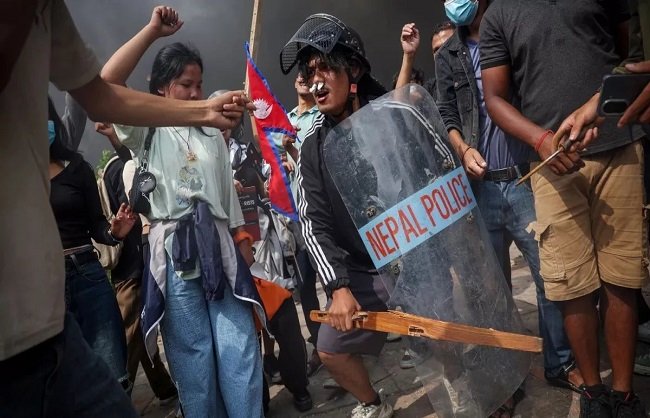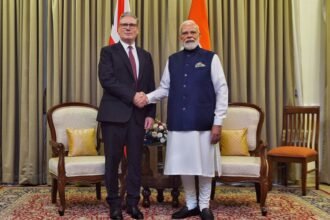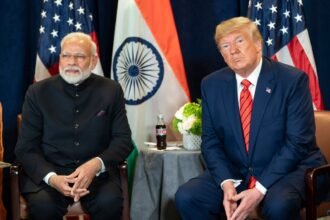Kathmandu / New Delhi: Nepal’s escalating political crisis has taken a grim turn as the death toll from violent protests climbed to 51, officials confirmed on Friday. The fatalities include three police officers, nine escaped prisoners, and an unidentified Indian woman, reflecting the scale and intensity of the unrest.
Widening Violence
According to Nepal’s Ministry of Health and Population, deaths occurred across the Kathmandu Valley and several districts. On the very first day of demonstrations, 21 people—including nine prison escapees—were killed in police firing. More than 1,700 protesters have been injured, with hundreds receiving hospital treatment, while five deaths were reported during clashes at a juvenile correctional facility.
Police spokesperson Vinod Ghimire said autopsies are underway at Tribhuvan University Teaching Hospital (TUTH). Authorities have mandated that postmortems will only proceed once families present authorization letters from their district police offices.
Roots of the Protests
The protests, led largely by Nepal’s youth, began as demonstrations against corruption, lack of opportunities, and government opacity. Social media restrictions imposed by the government fueled further anger. The movement has now evolved into a broader call for transparency, accountability, and reforms in governance and justice.
Regional and Global Implications
The unrest poses a serious challenge to Nepal’s fragile democracy and could affect regional stability in South Asia. For India, which shares cultural and economic ties with Nepal, the turmoil raises concerns about border security, trade, and the safety of citizens in the region.
The Road Ahead
Analysts believe the government must engage in dialogue with protest leaders, ensure accountability for police actions, and address the socio-economic grievances driving the demonstrations. Without meaningful reform, the protests risk deepening Nepal’s political instability and weakening public trust in democratic institutions.
Source: Hindusthan Samachar















